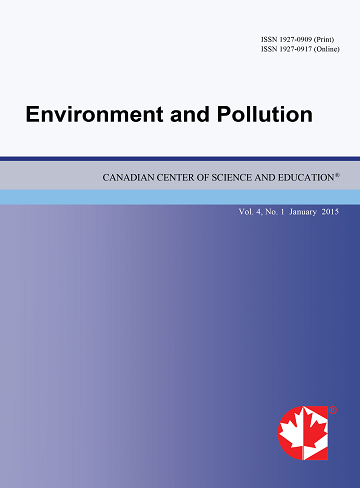Ambient Ozone as a Risk Factor for ED Visits for Cellulitis
- Mieczyslaw Szyszkowicz
- Eugeniusz Porada
- Gilaad G. Kaplan
- Eric Grafstein
Abstract
Ambient air pollution and weather conditions may affect the number of daily emergency department (ED) visits for skin bacterial infections. The aim of this study was to assess the potential relationship between the odds of an ED visit for cellulitis and the concentration of ambient ozone (O3). The data employed in the study covered ED visits for cellulitis at a Vancouver hospital in the period of January 1999 to February 2003 (1520 days, N = 9,857). A conditional logistic regression model was built to estimate odds ratios (OR) and their 95% confidence intervals (95% CI). The model was adjusted for temperature and humidity. The results are reported for one interquartile range (IQR) of ozone concentrations (IQR = 10.9 ppb). An increase by one IQR in daily ozone concentrations lagged by 3 days was significantly associated with an increase in the odds of ED visit for cellulites: among male patients OR=1.06 (95% CI: 1.01-1.13) and among female patients in the warm period (April-September) OR=1.20 (95% CI: 1.06-1.48). Patients aged 50 or less showed increased odds. Some cases of cellulitis may be associated with exposure to ambient ground-level ozone.
 PDF
PDF
